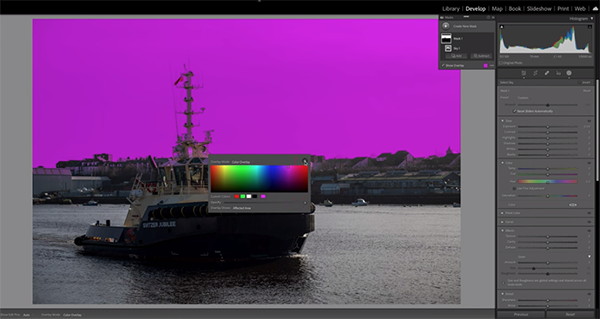Lightroom Basics: Solutions to 5 Common Image Editing Errors (VIDEO)
The other day we featured a tutorial for beginning Photoshop users, discussing a variety of image-killing mistakes and simple ways to correct them. There’s no need to feel left out if you process photos in Lightroom, because we’re doing the same thing for you today.
Serge Ramelli is a highly acclaimed French photographer, specializing in landscape and cityscape imagery. He’s also a great instructor with a large international following on his YouTube channel that has almost 650K subscribers.
He introduces today’s lesson like this: “These are the five biggest Lightroom mistakes I see when people retouch their photos.” He reveals what they are and provides straightforward ways to fix them, in reverse order—from the least important to the most critical. Ramelli pulls up an early morning photograph captured in Paris to kick off the video.

At first glance this image appears pretty awesome, but upon closer examination it becomes apparent that the quality of the shot is compromised because too much Clarity was applied during the editing process. He explains that Clarity can add impact to a wide variety of images, but he insists that a heavy-handed approach is a sure way to spoil a photo by creating a garish and unrealistic effect.
Many photographers are guilty of Error #2, namely too much sharpening, and it’s one that often provokes this response from viewers: “Oh you really Photoshopped that shot.” This is another case in which a subtle approach delivers far better results and proves the old adage that less is often more. Once again Ramelli zooms in on the image to reveal a crispy and unsightly look. As Ramelli remarks, “This photo is so over-sharpened that it hurts my eyes.” Ouch!
Another common mistake involves improper White Balance adjustments, and Ramelli’s suggestion here is to remember how the colors in your scene appeared through the viewfinder when you were shooting in the field. Ramelli explains how the manner in which you use Lightroom’s White Balance slider has a “critical” effect on the impact of your images. In other words, “this is an arbitrary and artistic decision” that you have to make with care—depending upon the specific mood you want to create.

The are two more mistakes and solutions remaining, and Ramelli considers these of upmost importance. So watch the video until the end so that you don’t damage your eyes or those of the folks who view your images. Then head over to Ramelli’s popular YouTube channel for more landscape photography shooting and editing tips.
And don’t forget to watch the tutorial mentioned above with solutions to image-killing mistakes for inexperienced Photoshop users.









